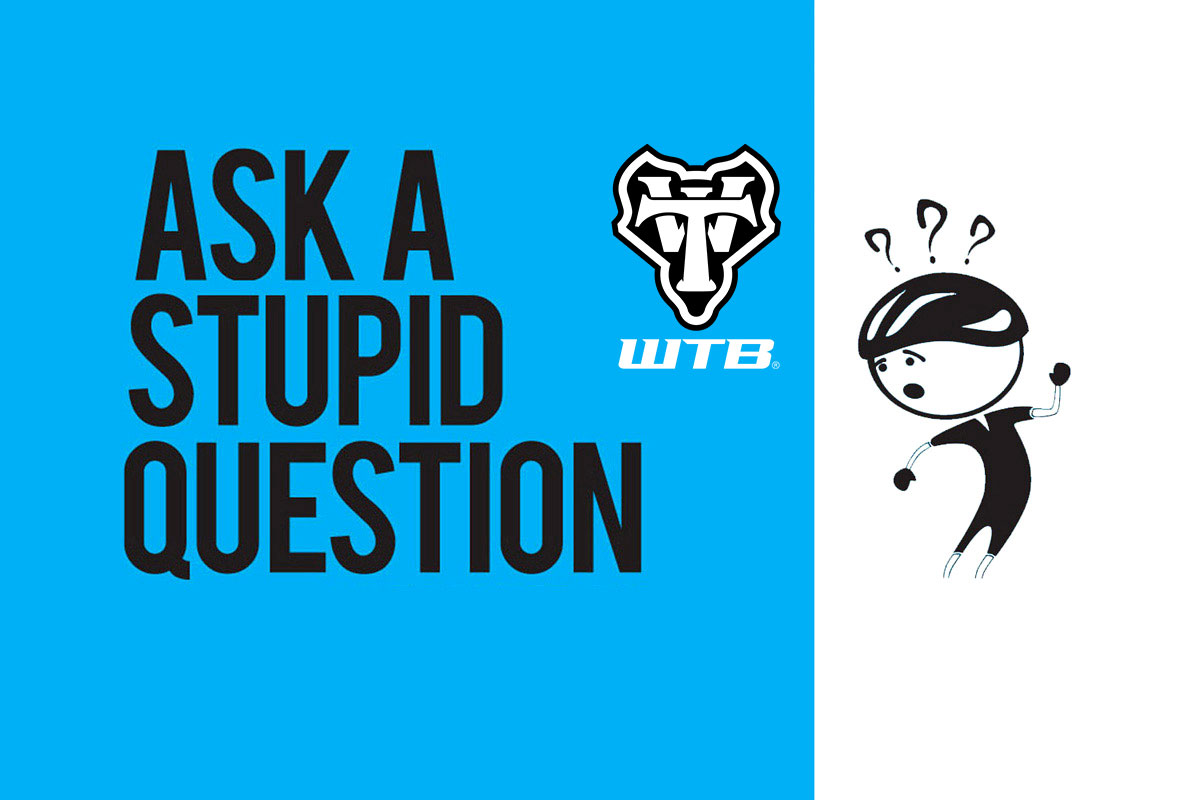We know, there’s no such thing as a stupid question. But there are some questions you might not want to ask your local shop or riding buddies. AASQ is our weekly series where we get to the bottom of your questions – serious or otherwise. This time we discuss the factors affecting the what the best tire pressure is for your setup with the experts at WTB! Hit the link at the bottom of the post to submit your own question.
WTB talk tire pressure
You asked, WTB delivered. This week, James Heaton, Clayton Wangbichler and the Wilderness Trail Bikes product development team answered your questions relating to tire pressures for mountain biking and gravel riding.
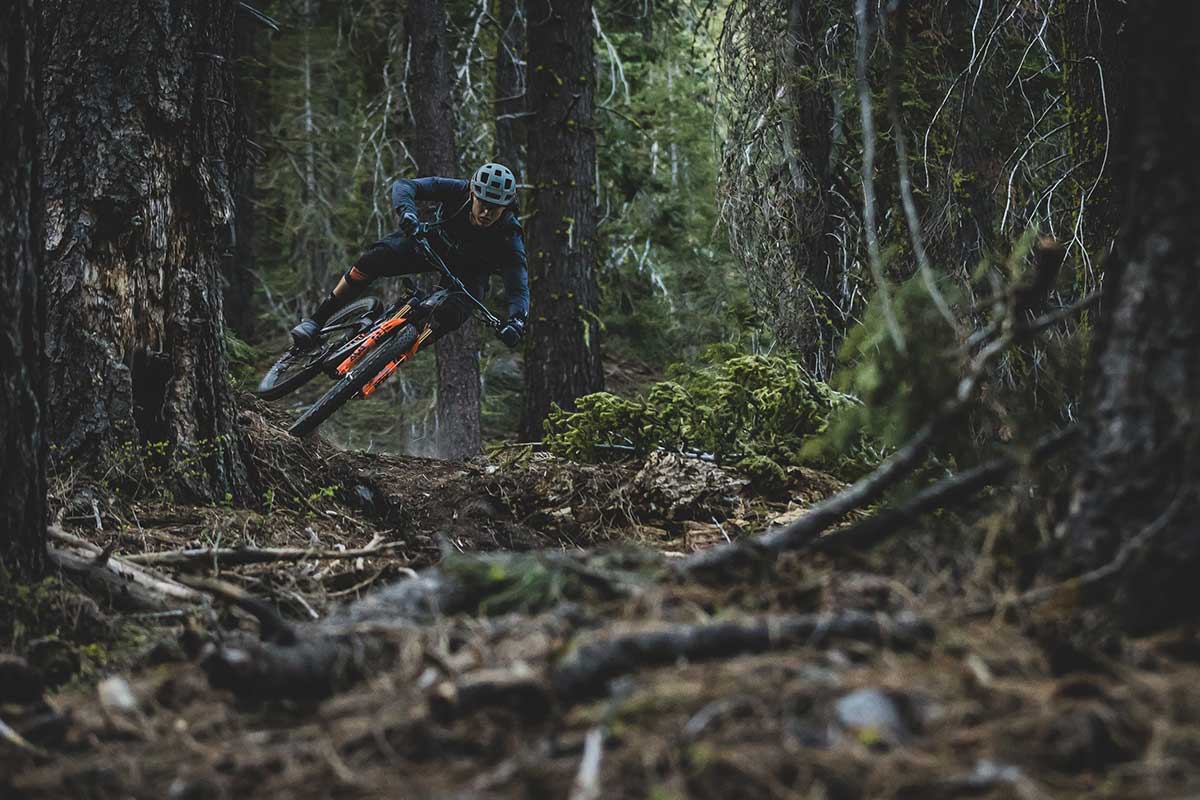
For what might be considered a basic topic when it comes to tire technology, there are actually a vast number of factors that need to be considered when dialing in tire pressure; what is the likelihood of a pinch flat on a particular track, are the ground conditions hard or soft, what’s the outside temperature, what tire casing are you running, what is your wheel size?
All of the above are discussed, and more. Thank you to our readers who sent in the following questions. If you’ve any follow up questions for the guys at WTB, pop them in the comments below. Happy reading!
I’ve recently switched out the Judge single-ply casing on the rear for a dual-ply tough one as that’s what I could get my hands on. I’ve kept the pressure the same (1.65 Bar). The rear end now feels much harsher than it did previously which I guess shouldn’t surprise me with the stiffer side walls. Do I need to adjust the tire pressure, or the pressure in the rear shock maybe? I ride dusty rocky trails, just wondering what I can get away with before puncturing.
WTB: As a general rule, a single ply casing will be more supple and compliant than the dual-ply version of the same tire, so it’s quite normal to notice these differences at the exact same pressure.
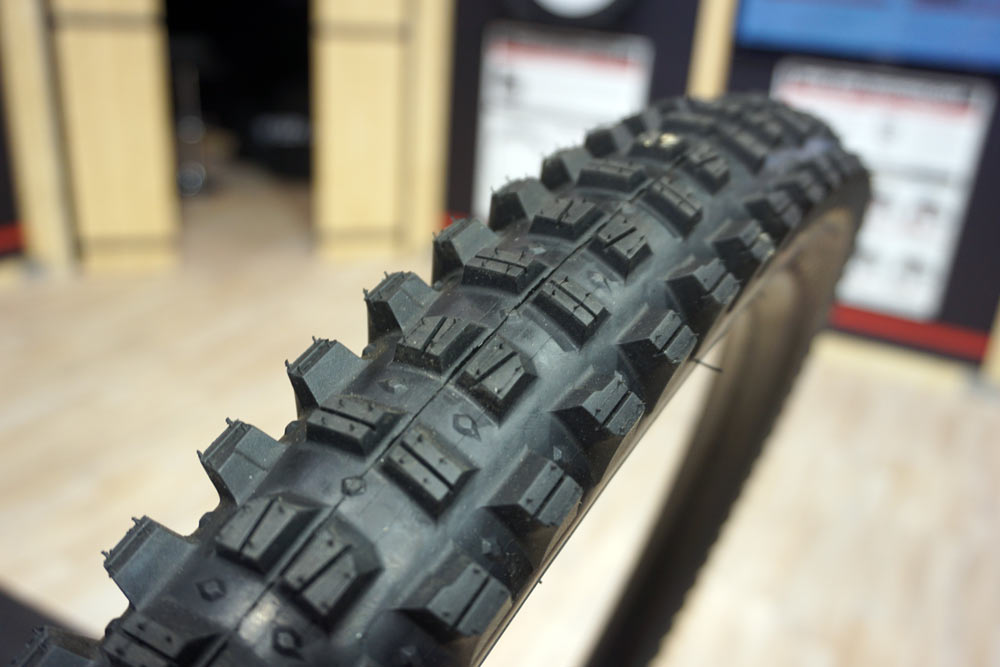
You should be able to find a very similar ‘ride feel’ if you drop your tire pressure a little, but it’s very difficult to put a number on it as there are so many variables.
My advice would be to drop the tire pressure in very small increments until you arrive at a setting that feels more familiar and comfortable. Small increments are definitely the key here. If you can, take your pressure gauge with you on a ride so you can be confident in the changes you’re making.
Why do your MTB tyres have a minimum pressure of 20 PSI? I prefer to ride pressures much lower than this, even without inserts. Often 15 PSI, even in the rear. I know I’m not alone. Less pressure = more grip. Especially in the wet. So, my questions are these:
*Are you going to develop tires that can be run at lower pressures?
*Would you specify a lower minimum pressure if someone was running inserts? And, which tire inserts would you recommend for use with a Verdict 2.5” on a 30mm internal width rim?
WTB: When calculating pressure ratings for our tires we not only take into account ride performance, but also safety factors relating to the average rider weight and the pressures required to support the average rider safely.
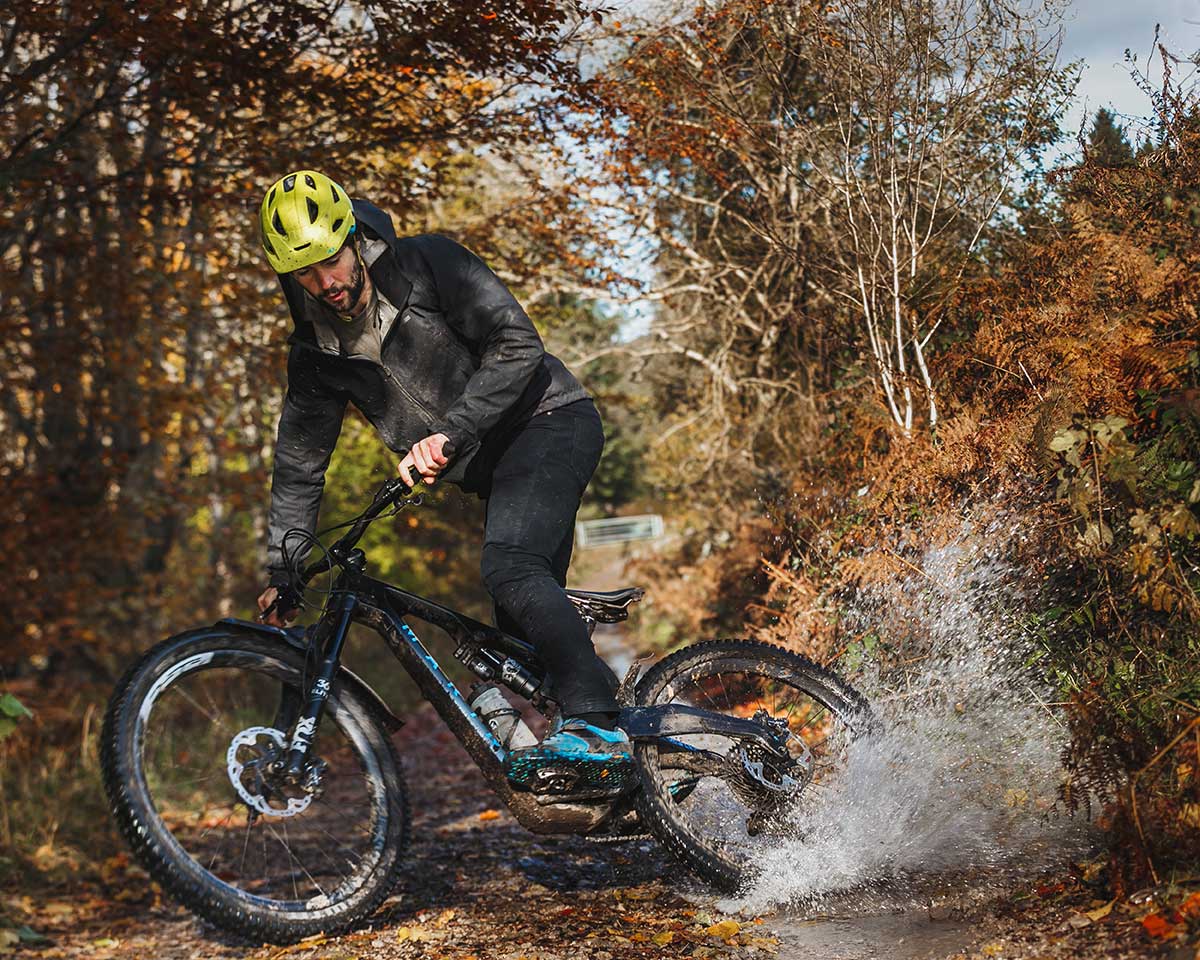
Running lower pressures may provide you with increased traction on the trail but dropping too low can impact bead retention. Our pressure ranges are targeted towards the average rider weight of 75-85kg.
To answer the second part of your question, we don’t recommend running tire inserts as we believe the upsides are outweighed by the downsides.
I always thought higher tire pressures were best for reducing rolling resistance, especially for road. Is this true for MTB too? Say, for long climbs on smooth fire roads?
WTB: You’re not alone in thinking that way, but in reality, running higher tire pressures doesn’t always mean you’ll roll faster because it really depends on the surface you’re riding on.
I like to think of tire pressure like a sliding scale, whereby as the surface becomes rougher, the most efficient pressure for that surface will become lower.
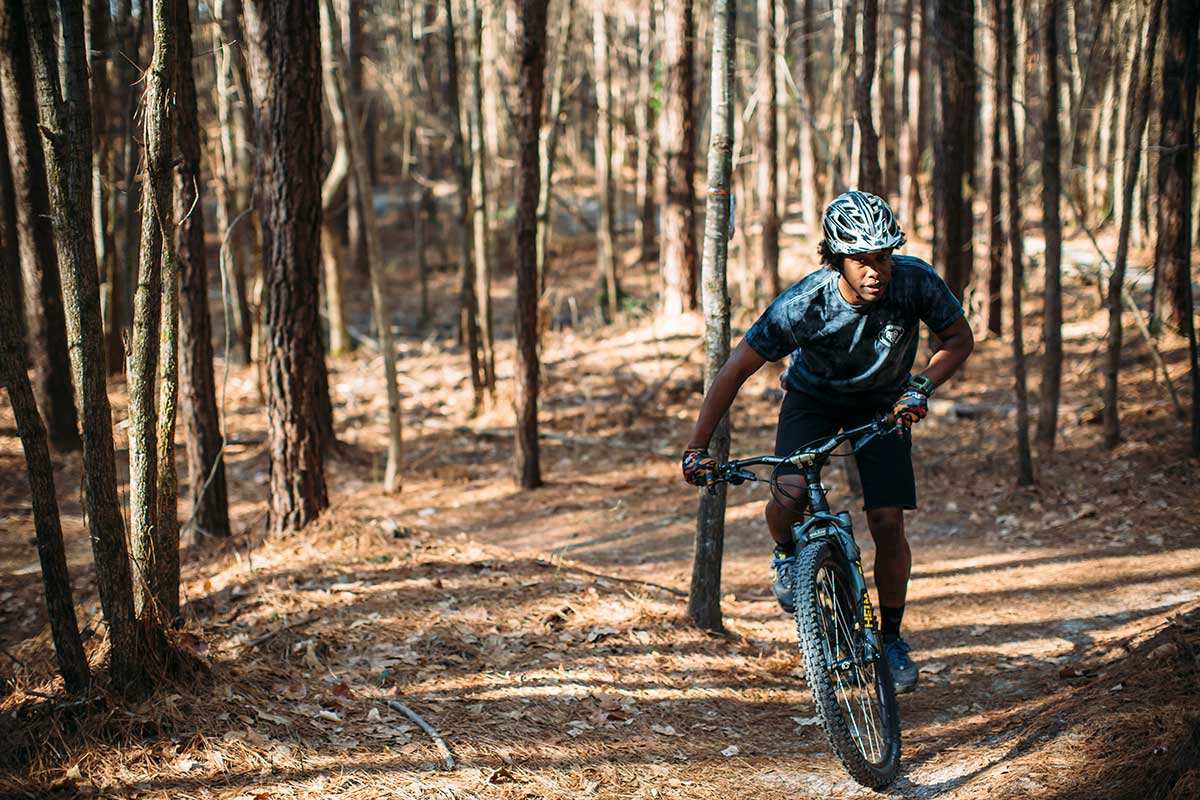
At one end you have track cyclists on a buttery smooth velodrome, then road riders on fairly smooth tarmac, then gravel riders, and then mountain bikers right at the other end of the scale. As the surfaces you’re riding on become ‘rougher’, you’ll actually find that really high pressures will slow you down.
Every time your tire hits an imperfection or a bump in the terrain, it’ll want to lift you up and push you back. If the tire has a little ‘give’ in it then it will deform around the bump without transferring the force into the bike and sapping your momentum.
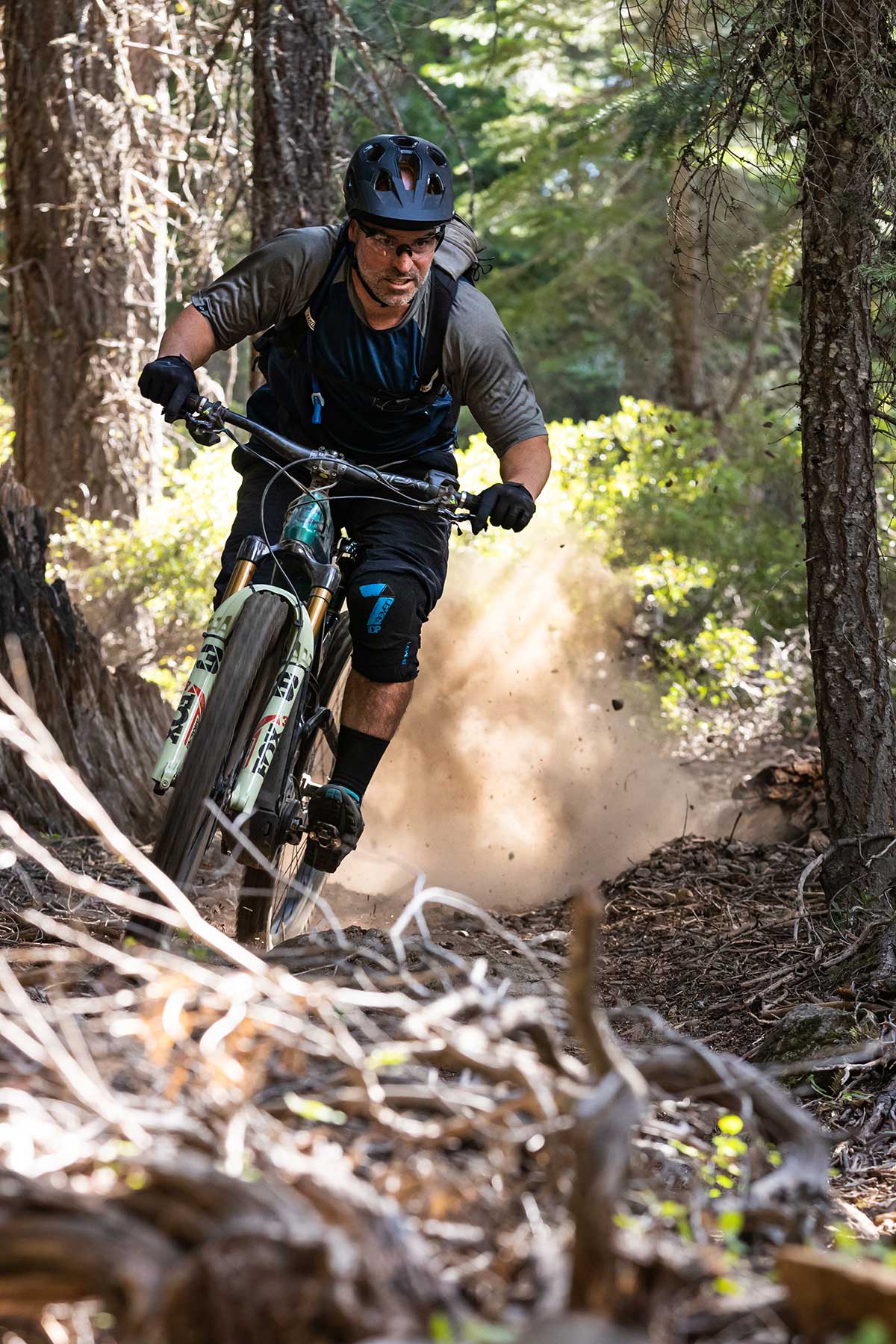
The goal is to find a balance between allowing this deformation on the rougher sections of your ride and minimizing friction and drag on the smoother sections.
So, coming back to your question, higher pressures can be more efficient on a smoother fire road so long as you aren’t being bounced around all over the place. If you are, then dropping your pressures a little could actually make you faster.
Do you have a recommended contact patch size for a given tire section/diameter? Then pressure can be altered to achieve this patch? Or is there a formula you use based on rider weight/front-rear bias/tire section and usage?
WTB: We do have recommended tire pressure ratings and you’ll find those written on the sidewall of each tire and on our website for each model’s product page. These pressure ratings are based on an average rider weight of 75-85kg, so if you are above that you should be looking at the higher end of the range and if you are below that then the lower end of the range could be best for you.
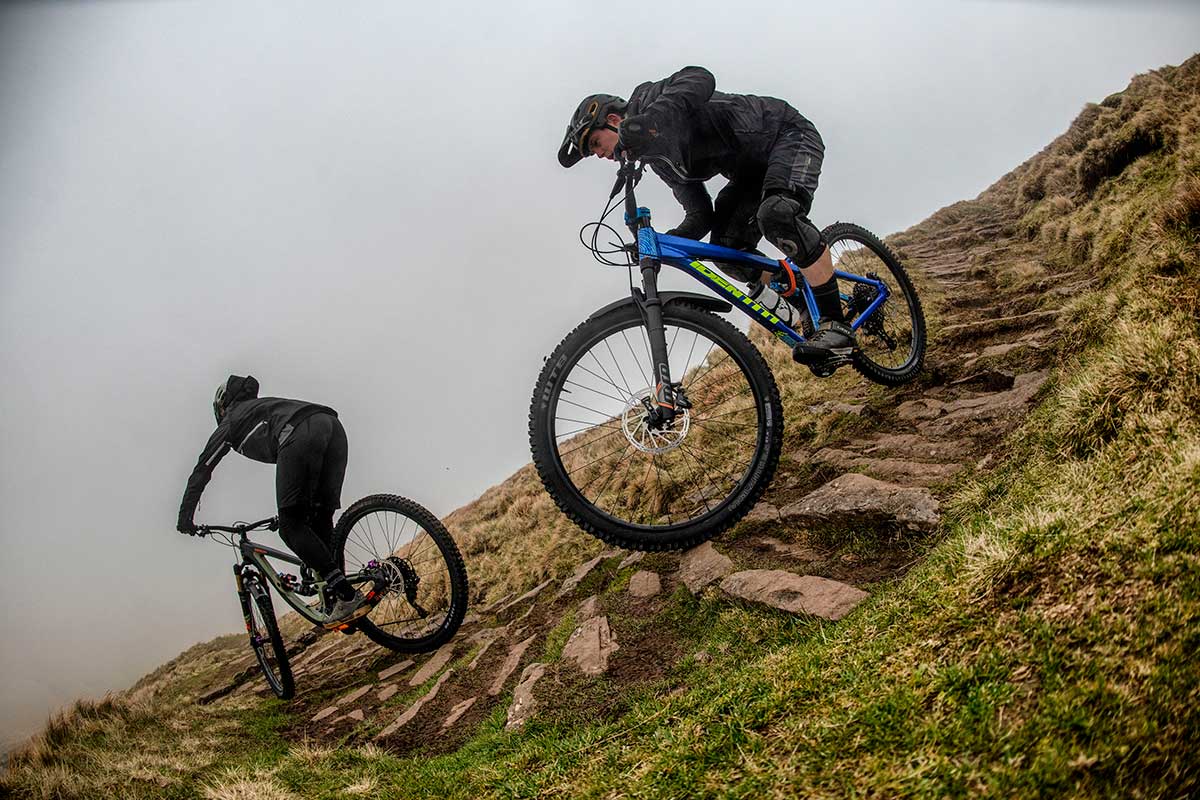
As far as the contact patch goes, we recently did a little experiment with this and the results showed that to achieve measurable changes in contact patch size, you need to make very large changes to the tire pressure. The small adjustments you would normally make to improve ride comfort or traction have very little effect on the contact patch size at all.
Should we take into account a puncture protection layer (such as SG2), when adjusting tire pressure?
WTB: This is going to be a case-by-case situation and really depends on what kind of puncture protection layer we are talking about, and whether anything else has been modified when adding it.
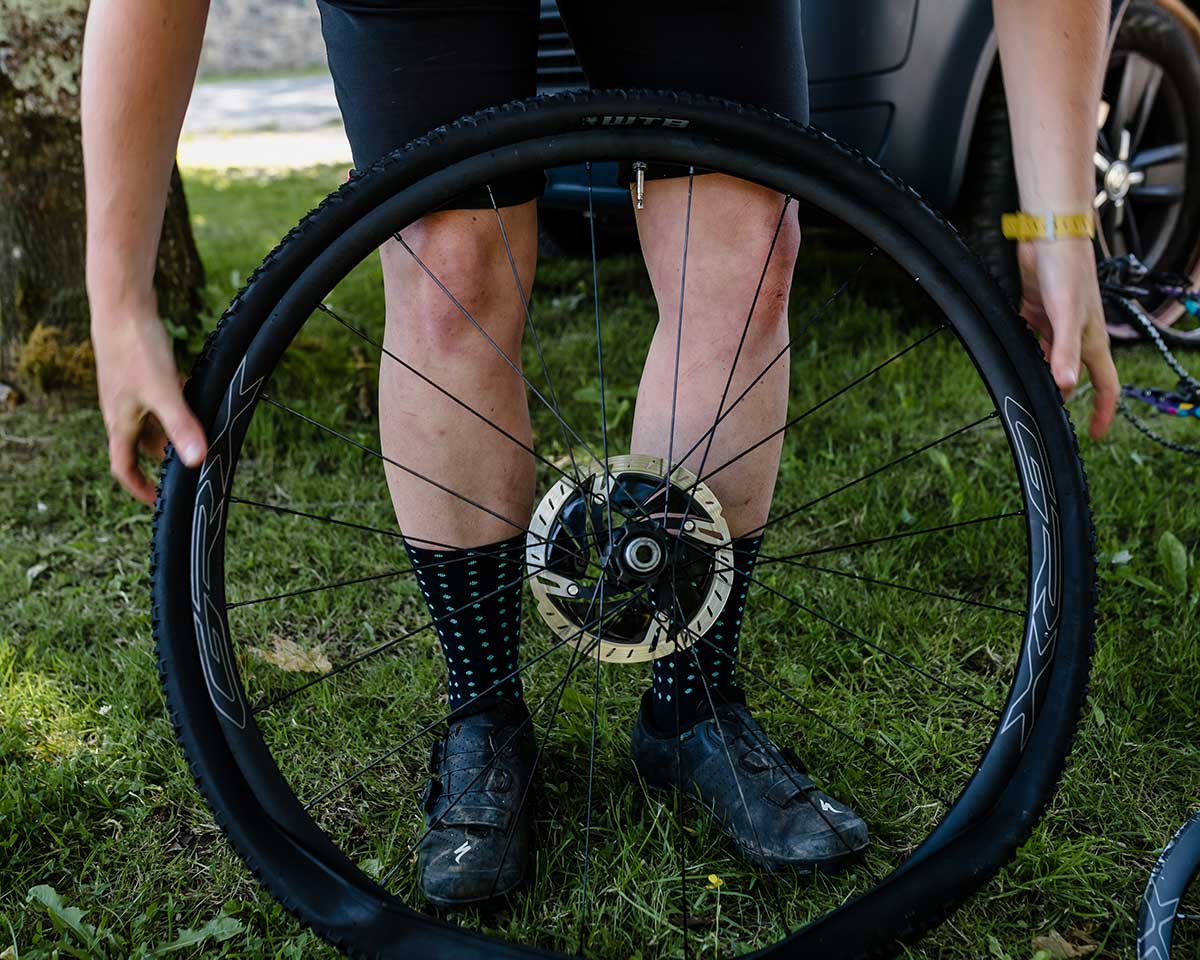
We’ll use the SG2 level as an example. On its own, adding a nylon insert across the entire casing makes it a little less supple. However, because we also switched to a 120 TPI construction at the same time, they balance each other out and the result is a similar feeling tire that can be run at the same pressures but with added protection against flats.
It’s slightly different when jumping between casing thicknesses though, and you can read a little more about that in the answer to Question 1.
There’s a common legend that if your sidewalls show “damage”, such as the “crisscross” pattern, then you’re running you tire pressure too low. Is this true? If so, what are the signs to look for? To me, I figure it’s just a trait from a bias tire winding up like a dragster’s tire under acceleration/braking.
WTB: Running lower pressures can result in the crisscross pattern you mentioned, and it could be a sign that you’d benefit from adjusting your settings. But, you shouldn’t adjust your settings purely based on these visuals.
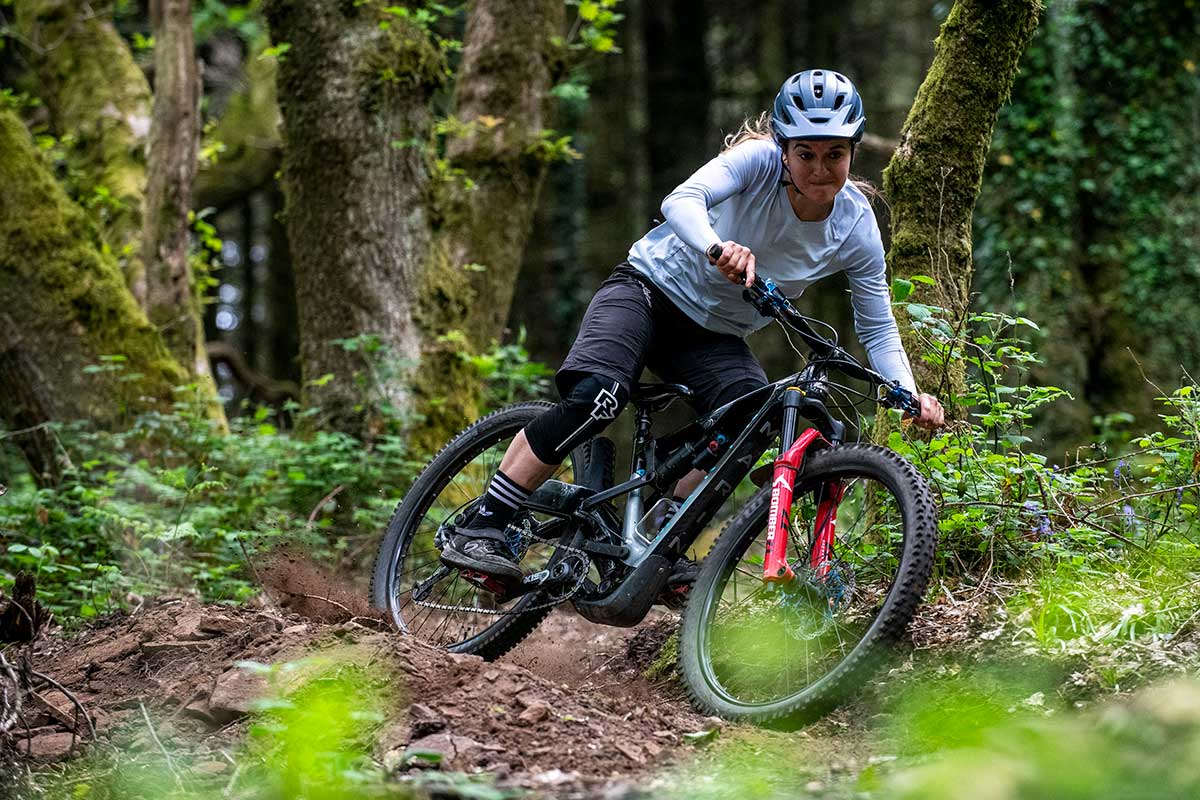
The main thing here is that you stay within the recommended pressure ratings for that tire, and that you stay alert to any other signs which could tell the same story such as bottoming out on the rim or rolling the tire in corners. If the answer is yes to these, then you may find an increase in pressure improves your riding experience as well as preventing sidewall markings.
Does outside temperature affect tire pressure much?
WTB: Similar to most substances, air expands when it’s hot and contracts when it is cool. If you live in an area where there are dramatic fluctuations in temperature throughout the day, then in theory you may actually be able to measure a small change with an accurate pressure gauge.
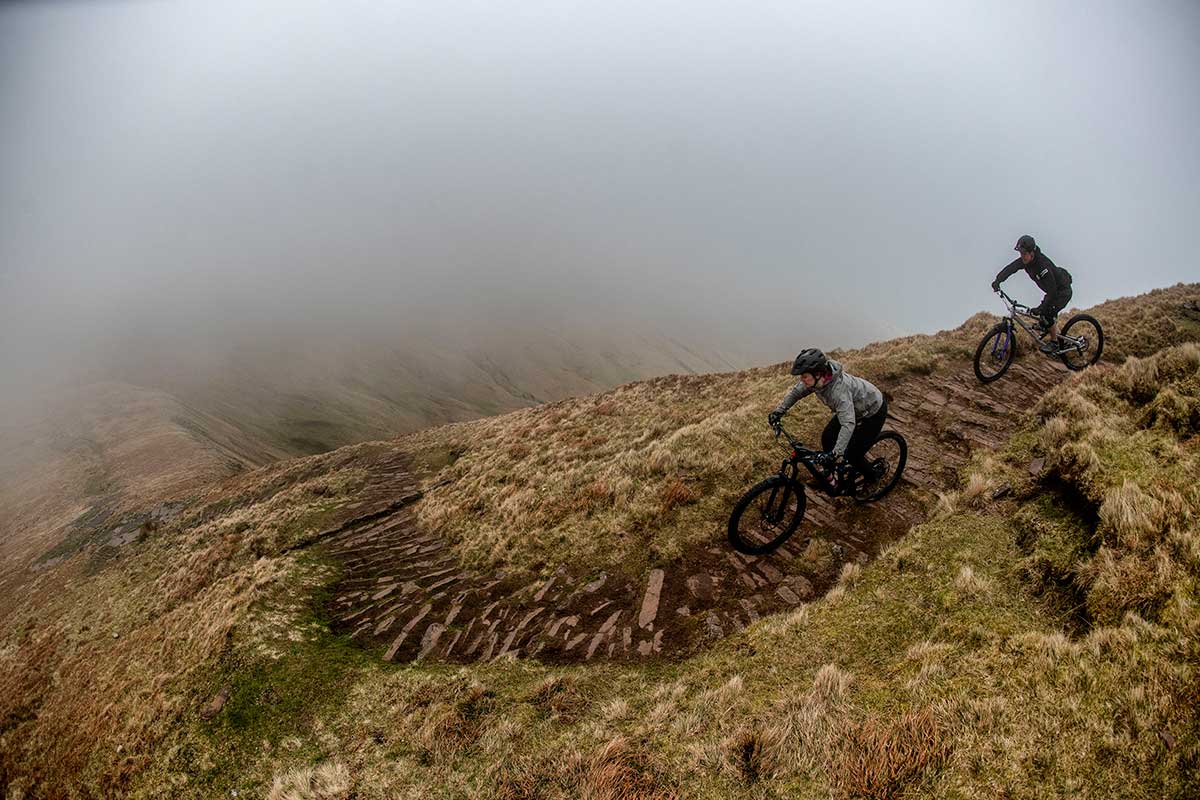
As far as ride feel goes though, I’d say there are other factors that would be more obvious than tire pressure. For example, the oil in your suspension will be ‘thicker’ when it’s really cold so that would probably be more noticeable when riding than the small changes in tire pressures.
Do even tyre pressures make sense on mountain bikes? A friend of a friend who is a frame builder uses a telemetry system to try and unpick suspension tunes, geometry choices and more when building bikes. They also happen to swear by running the same tyre pressure front and rear, stating it gives a calmer ride. I’ve recently been trying it and noticed the same sensation when running equal pressures and casings front and rear! (Tough-High Grip) Is there any reason this seems to work? Or are we missing something?
WTB: I think the main reason that people choose to run a little more pressure in the rear is to give a little more support and protection against punctures. It’s easier to unweight the front wheel than it is the rear wheel when riding down a trail, especially at short notice. So, this means that the rear tire is often left hanging and ends up taking more hits. A little more pressure will lower the pinch risk.
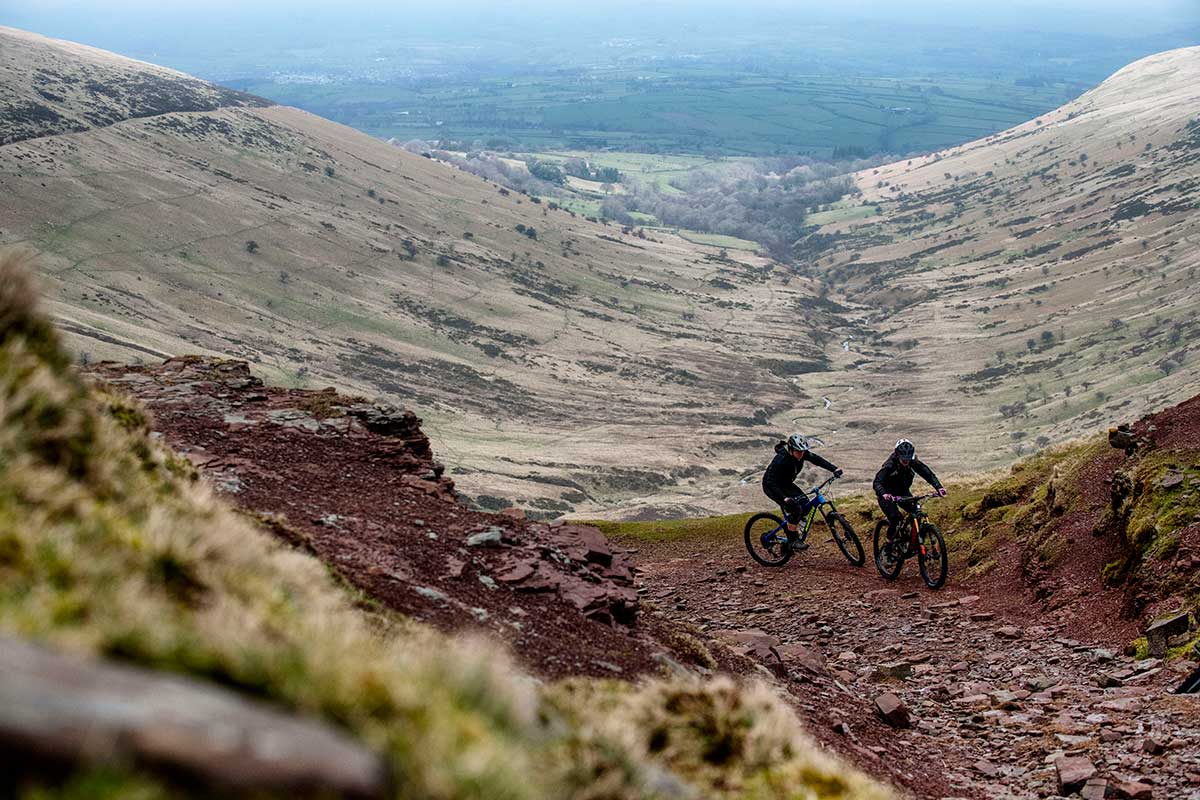
You don’t just put more force through the rear tire when you’re descending though. Every time you sit down you are putting your weight over the rear, so a little extra pressure in the rear also helps prevent the tire from bottoming out on rocky and technical climbs.
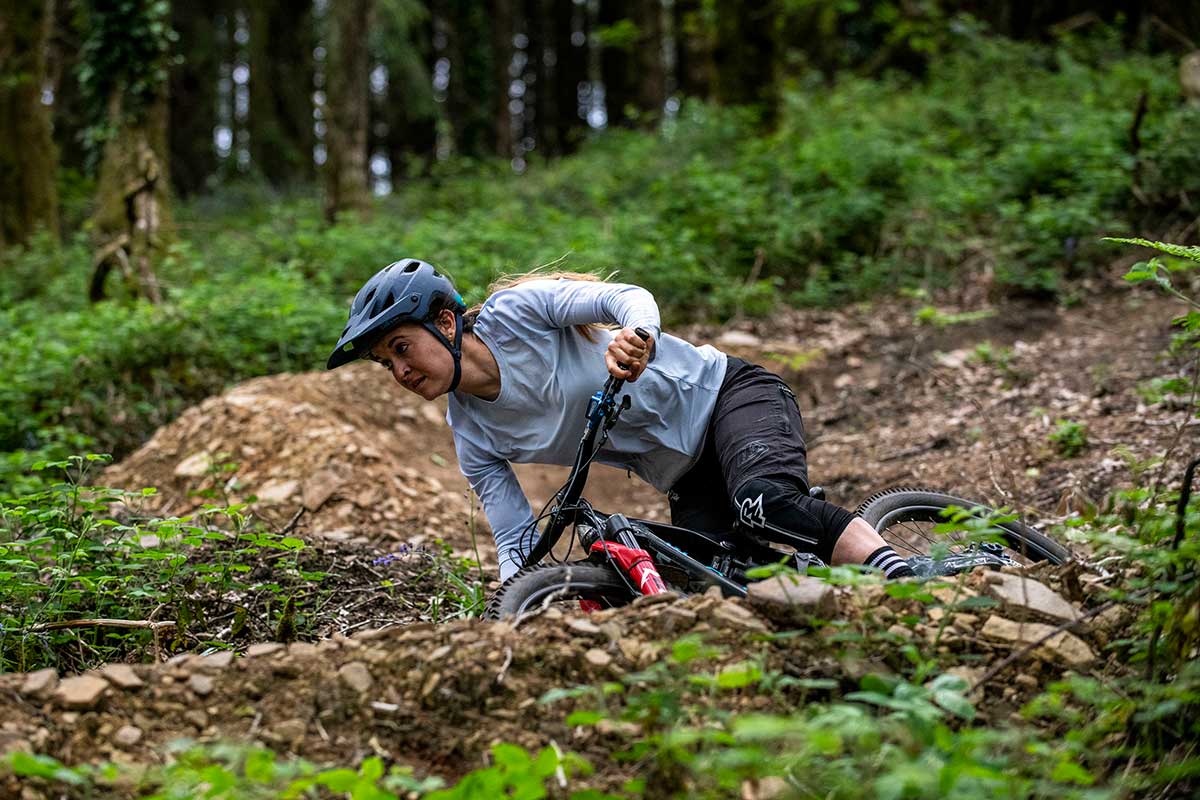
If you are purely talking about feel and performance on the descents, then as long as your position on the bike is nice and central then, for sure, equal pressures may work great.
I’d like to mullet my Kona Process, swapping the 27.5” wheel out front for a 29er. Should I run the same tire pressure, or can I drop it a little with the extra volume? If so, how much would you recommend I drop it by?
WTB: Switching to a 29” tyre (of the same width) will give you a slightly larger volume than its 27.5” counterpart, but the differences are pretty small so this means the changes you make to your tire pressure should be small too.
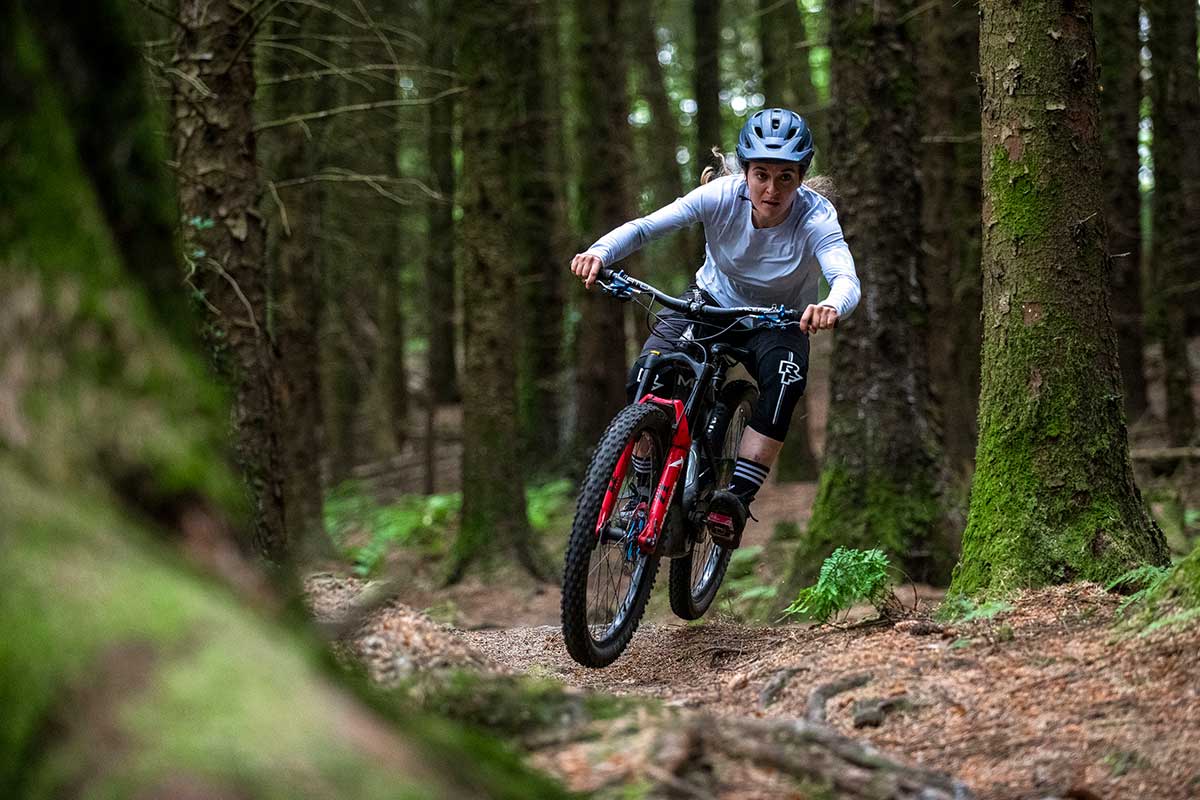
It’s difficult to put an exact number on it as there are lots of contributing factors, but from personal experience I’ve found around between a 5% and 10% drop gives me a similar ride feel.
Which of the following is best for puncture protection/all-round performance; running higher tire pressures, running a tough/downhill casing tire, or running a thinner casing tire with an insert?
WTB: For me there are two main types of punctures. You’ve got ‘pinch’ punctures caused by the tyre bottoming out and getting crushed between the rim and the ground (usually a rock), and then you’ve got ‘slash’ style punctures caused by sharp objects cutting through the tire’s carcass.
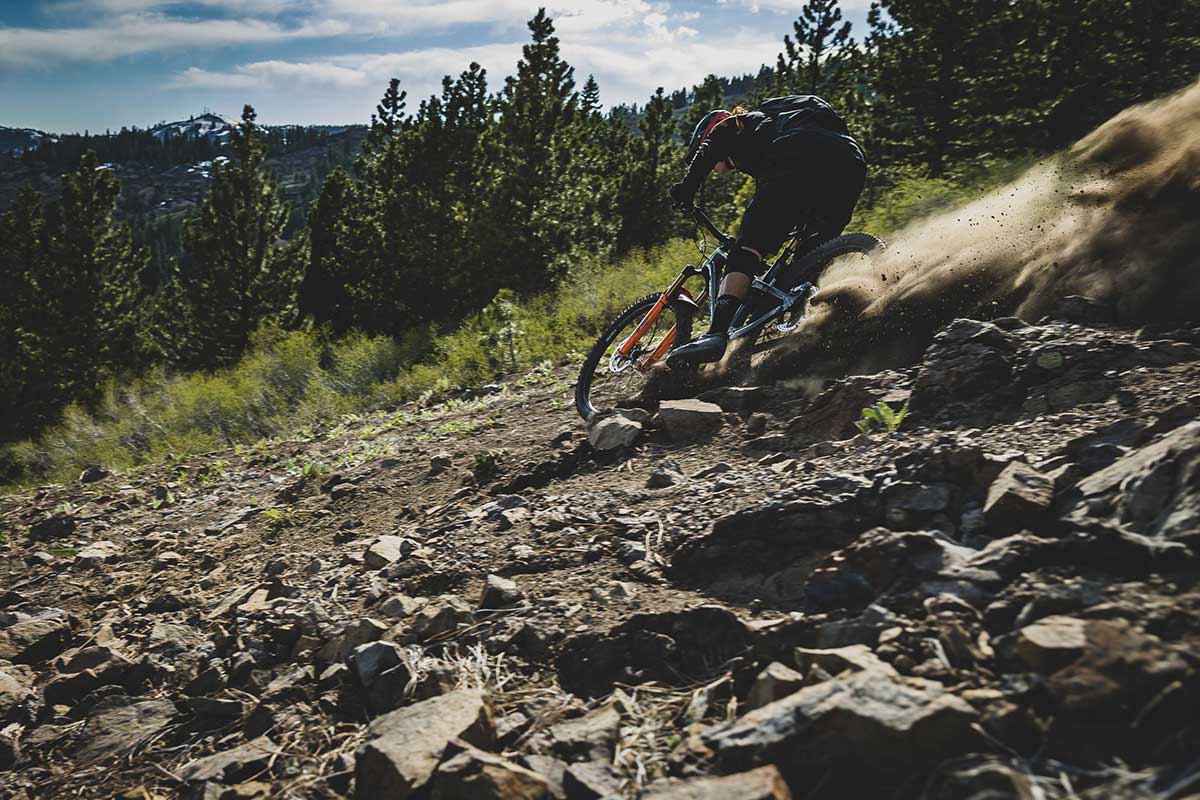
Rim inserts may help prevent the first type of puncture, but they won’t help prevent the second. Running higher pressures will also help prevent pinch punctures, but again that won’t help against slashes either.
For the ultimate protection, we’d recommended tough casing tires. Tough casing tires have thicker rubber right across the carcass so this will help prevent both types of punctures, while still delivering great performance and ride quality.
How many of your Pro athletes run inserts? Do they prefer air-only, and just run higher tire pressures on rough, rocky tracks?
WTB: The majority of our athletes prefer air-only, however a handful of our EWS riders will choose to run tire inserts in the rear on race day depending on both trail conditions and rider sponsorship agreements.
Most of our athletes have a base setting for their tire pressures and will increase for higher risk terrain or decrease if conditions demand it too.
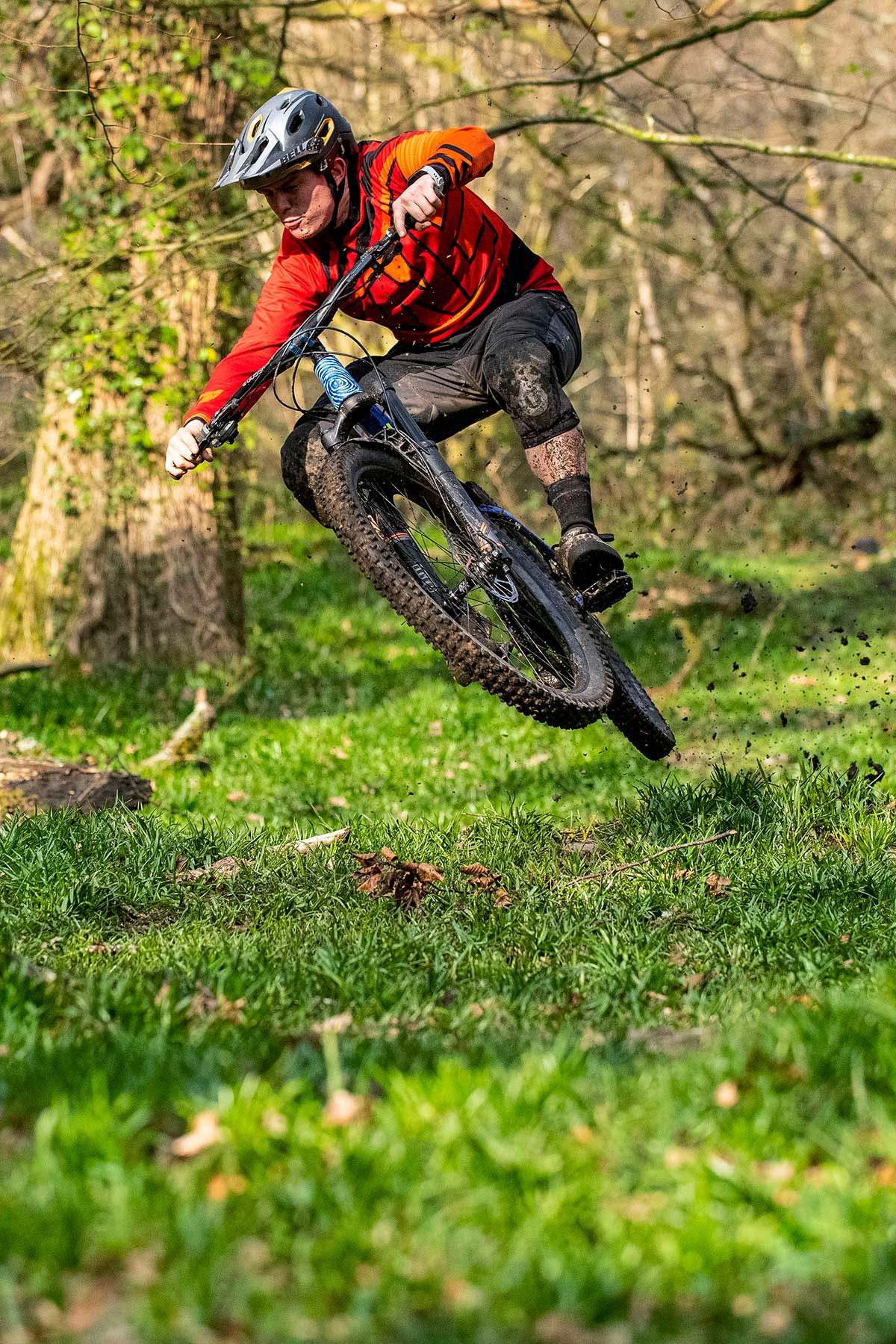
I’ve pinched a few tubeless tires. Usually, the holes are between the shoulder and center knobs. What is the most foolproof way to minimize this risk, with the least compromise to performance? I’d hate to deal with extra drag. I’ve heard that certain tires don’t play well with certain rim widths, and that having a knob gap/channel located directly above a rim flange is a disaster waiting to happen, especially if the flange isn’t shaped wide to spread out the force.
WTB: The easiest way to reduce this risk is to run a little higher pressure. If you are riding in particularly rough terrain with lots of sharp and aggressive edges, then it’s good to protect yourself against this by making it harder to bottom out on the rim in the first place.
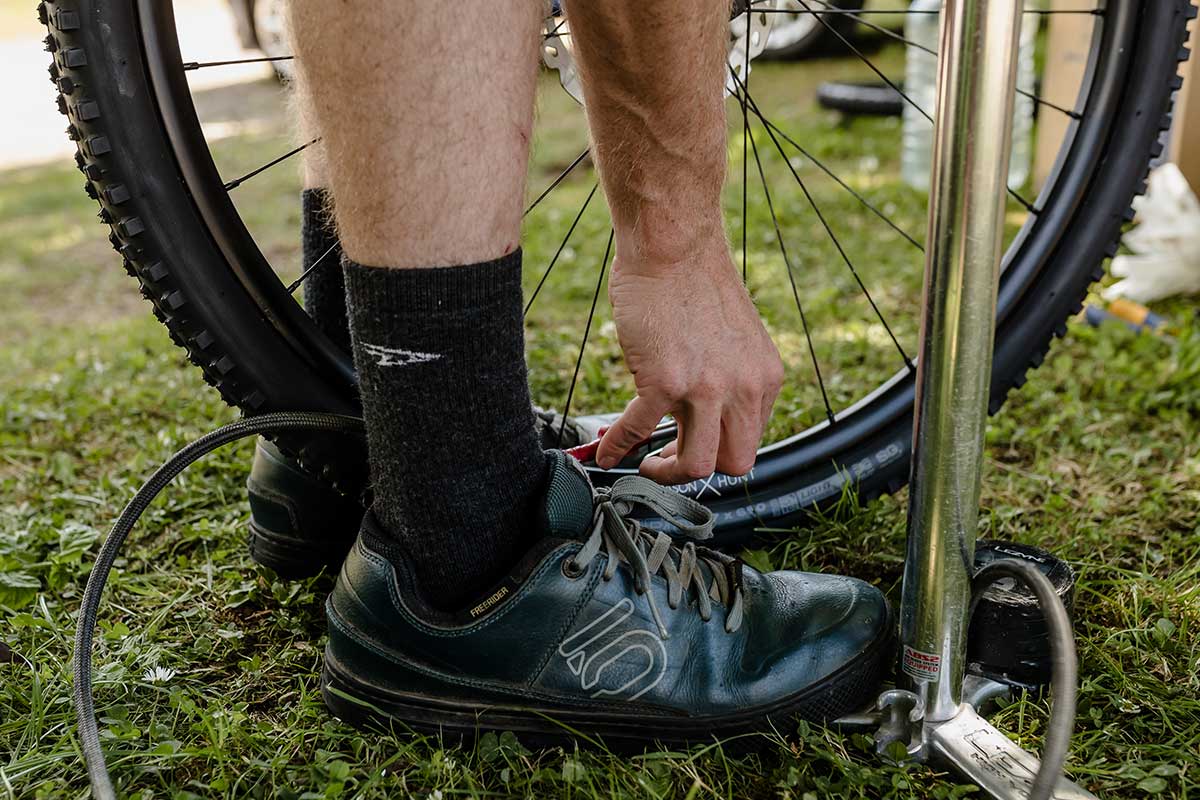
Should I be using inserts for cyclocross or gravel? If so, how much do I drop my pressure? Or do I just use the old “bottom out once a lap” gauge?
WTB: My opinion is that you shouldn’t need tire inserts if you have a reliable tubeless setup and are running appropriate pressures for that particular course. While inserts may have some benefits, they also have a few downsides too.
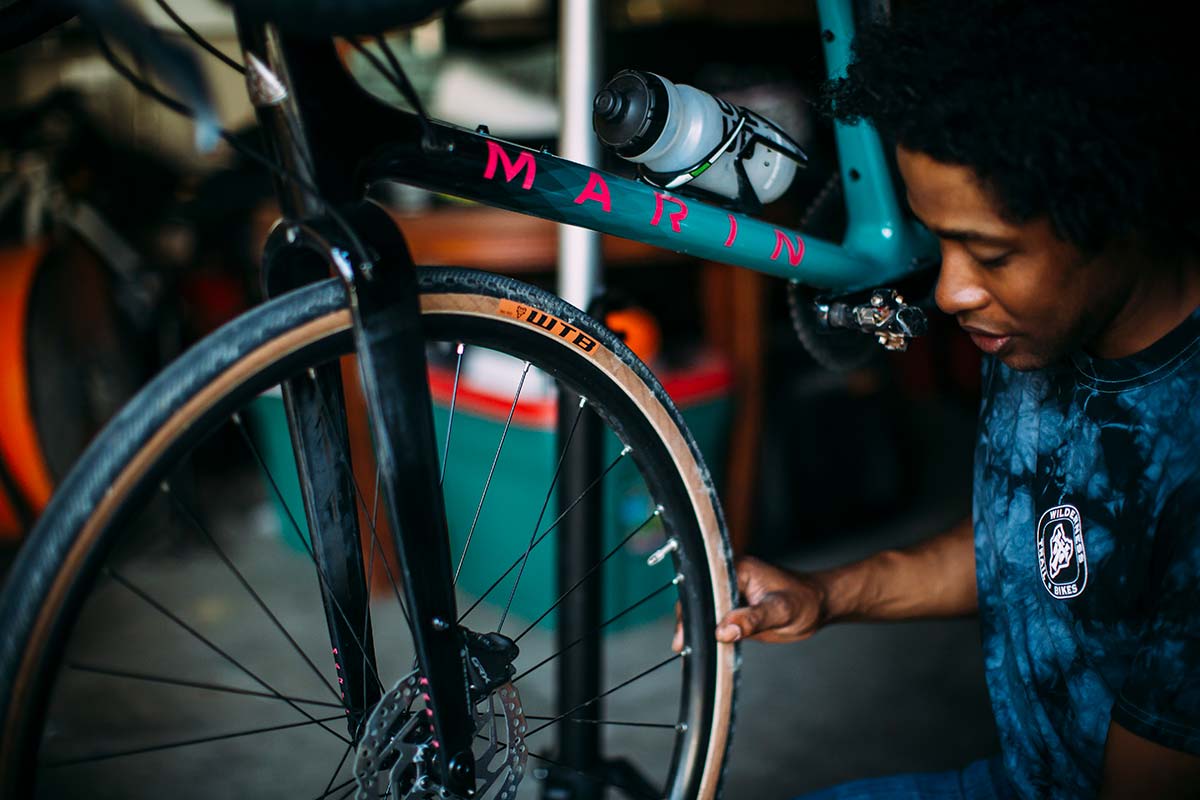
Running inserts reduces the air volume within the tire and this can have a negative impact on the ride feel, damping, and feedback from the ground. These effects are amplified on narrower tires due to the forces of the inserts on the casing.
By fitting an insert, you also reduce sealant flow within the tire which means you are reducing the sealant’s ability to do its job and seal any punctures if they occur.
BONUS RANDOM: How long do WTB plan on continuing production of 26” tyres for?
WTB: This depends on market demand. We monitor market demand continually. Some of our best-selling tires are 26” so we plan to continue manufacturing these as long as the market continues purchasing them.
Got a question of your own? Click here to use the Ask A Stupid Question form to submit questions on any cycling-related topic of your choice, and we’ll get the experts to answer them for you!
